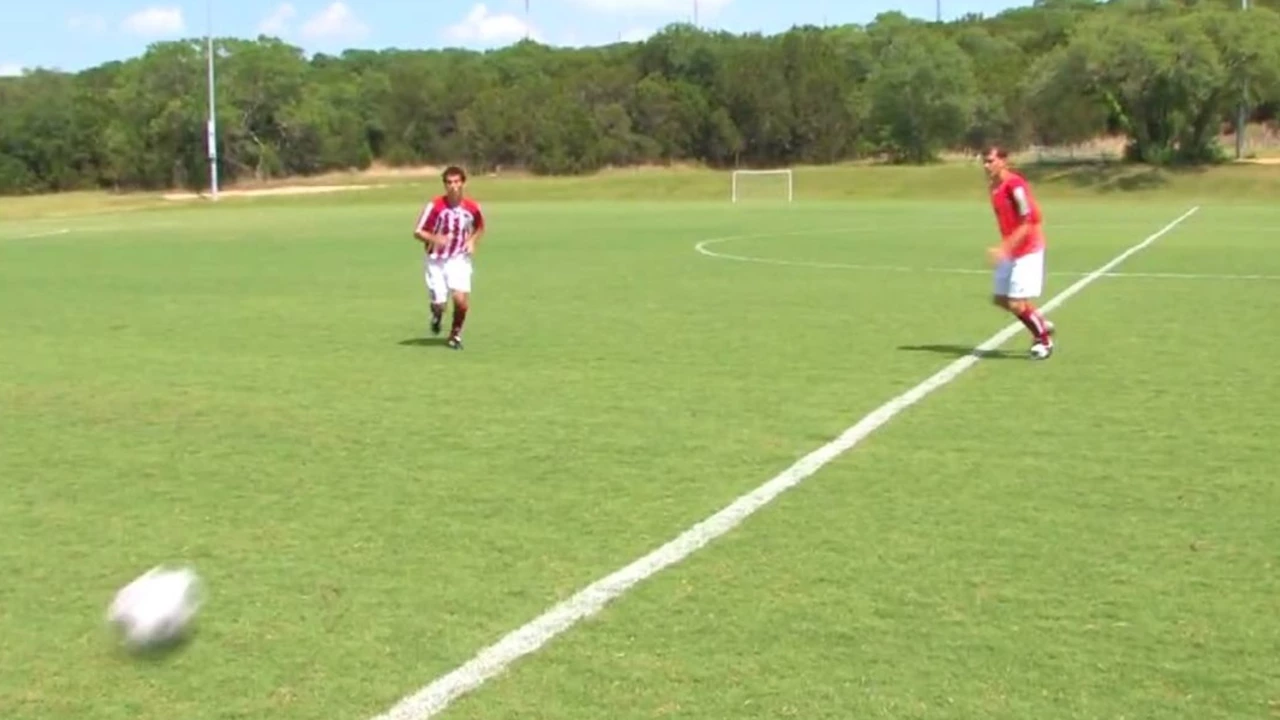Midfield Soccer Strategies: Simple Ways to Own the Center of the Pitch
Ever felt like your team loses the game before the ball even reaches the forwards? That often starts in midfield. The middle of the park is where possession is won, pressure is applied, and chances are built. Below are easy-to‑use tactics that any non‑league side can adopt.
1. Keep the Triangle Tight
A solid triangle of three midfielders gives you balance. One stays deep to shield the defense, another pushes forward to link with the strikers, and the third roams between them, offering passing options. When the ball is on the wing, the deep midfielder drops, the forward‑midfielder pushes wide, and the roaming player slides into the space left behind. This shape makes it hard for opponents to isolate a single player.
2. Play One‑Touch Passes
Long rehearsed passing sequences waste time and give the other team a chance to press. Train your squad to play one‑touch passes whenever possible. A quick one‑two between two midfielders can open a lane for a winger or a forward. Even a simple pass‑and‑move drill, where players receive the ball and immediately pass it to a teammate moving into space, sharpens this skill.
Why does this matter? One‑touch play speeds up the game and forces the opposition to sprint, which they can’t sustain for long. It also creates more shooting opportunities because the ball reaches the attacker faster.
3. Use the “Switch of Play” Wisely
Switching the ball from one side of the field to the other stretches the opponent’s shape. A midfielder with a good long pass can spot a winger making a run on the opposite flank. When you see the defense compressed, pop a diagonal ball over the top. This forces the opposing midfielders to shuffle, opening gaps for your attackers.
Practice this by setting up two half‑fields and having a midfielder practice diagonal passes to a teammate in a different zone. The goal is to make the pass look natural, not forced.
4. Press with the Midfield Block
Pressure doesn’t have to start only with the forwards. When a rival midfielder receives the ball, your nearest midfielders should close down quickly, cut off passing lanes, and force a mistake. A coordinated press from two midfielders narrows the opponent’s options and can lead to a turnover in a dangerous area.
Start with a simple drill: two attackers and two defenders in a square. The defenders press as soon as the ball is played, aiming to win it within three seconds. This builds the instinct to press as a unit.
5. Control the Tempo
Good midfielders know when to speed up and when to slow the game. If you’re ahead, keep the ball moving slowly, make short passes, and wait for the right moment to strike. If you need a goal, push the ball forward quickly with long passes or quick combinations.
Teach your team to read the scoreline and adjust the tempo accordingly. A simple question before each half‑time break—"Are we protecting the lead or chasing a goal?"—gets everyone on the same page.
Putting these ideas into practice will give your side more control, more chances, and a better chance of winning. Midfield isn’t just a position; it’s the engine that powers the whole team. Start with one or two of these tactics, watch the improvement, and add more as you go. Your opponents will feel the pressure, and your fans will notice the difference.
Posted by
Caspian O'Reilly
0 Comments

Playing midfield in soccer requires a blend of offensive and defensive skills. I need to master ball control, passing accuracy, and strategic positioning to both support my team's attacks and disrupt opposing players. Stamina is key as I'm often running the greatest distance during a match, occupying spaces between the offense and defense. Communication with my teammates is also crucial for coordinating plays. Lastly, I must consistently analyse the game flow to make split-second decisions that could change the game's outcome.
read more